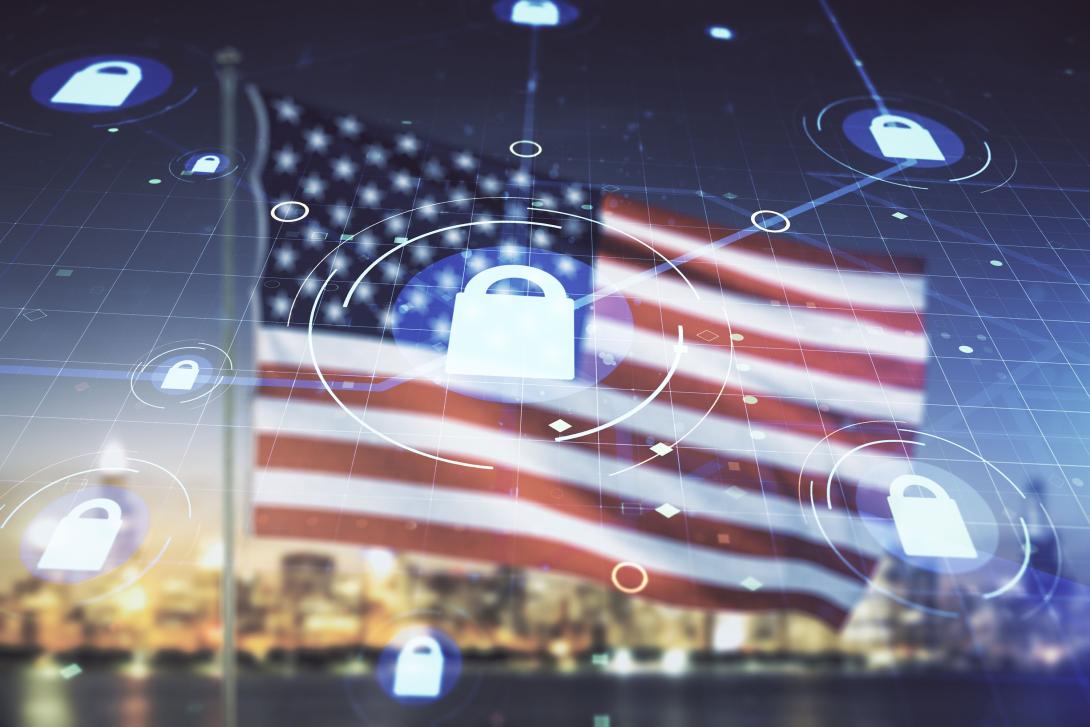President's Commentary: Strategizing Innovation: A National Imperative
Next month, the newly elected president will take the oath of office and assume leadership for the nation’s security and defense.
The next administration will form in an environment in which Ukraine fights to force Russia out of its territory, and the People’s Republic of China (PRC) continually pushes for a PRC-centric world by extending its own economic, political and military reach.
Long before the voting began, AFCEA International’s Cyber Committee began drafting a National Innovation Strategy (NIS) white paper designed to help position the country for global competitiveness.
The intent is to offer this NIS, which was completed in October, to the new administration—without regard to a particular president or political party—as a starting point for an official U.S. innovation strategy. The document is designed to be modified to suit the needs of the incoming administration, saving the next White House team time and energy in crafting its own strategy.
The AFCEA Cyber Committee’s white paper outlines four primary goals and objectives for the next five years:
Global Leadership: Rank first in the Global Innovation Index; continue to advance global leadership in key technology areas, including artificial intelligence, quantum computing and biotechnology.
National Security: Strengthen the protection and security capabilities of the nation’s critical infrastructure, including both digital and nondigital infrastructure components.
Economic Prosperity: Foster an environment that supports innovation-driven economic growth, job creation, increased productivity and appropriate regulation balanced with protection of proprietary rights.
Privacy and Civil Liberties: Defend and respect individual privacy and civil liberties, balancing technological advancements with ethical considerations.
It also offers 10 specific, measurable objectives, including establishing a National Innovation Council chaired by the director of the Office of Science and Technology Policy (OSTP) to develop and oversee implementation of the innovation strategy; employing innovation hubs similar to the Defense Department’s University Affiliated Research Centers; increasing funding and incentives for innovation for areas such as quantum-resistant cryptography, artificial intelligence and blockchain; and applying lessons learned from mutually beneficial international collaborations to inform policy frameworks.
I am proud of all AFCEA International’s committees. This NIS exemplifies the experience, expertise and collective wisdom our community offers on matters related to cybersecurity, intelligence, technology, homeland security and small business.
The most recent national innovation strategy the committee found was published in 2015, nearly 10 years ago. A lot has changed since then. For example, we’ve seen rapid advances in electric vehicles, cloud computing, wearable electronics, artificial intelligence, robotics, next-generation cellular and a host of other technologies.
On the world stage, the Chinese Communist Party has grown more aggressive in undermining the world’s democracies to include a cyber invasion of critical infrastructure systems here in the United States and in other countries. Russia, of course invaded Ukraine, while Iran’s government plans to retaliate for the 2020 strike that killed Iranian Quds Force commander Gen. Qassem Soleimani.
“Innovation” is one of the most often uttered words at any AFCEA conference, which underscores just how important it is to our economy, our global competitiveness, our national security and defense, our society and our way of life.
Innovation has long been one of America’s core strengths, from the cotton gin to the telephone, the assembly line, the moon landing and the internet.
Our members care deeply about America’s security. They strive to enhance our national security and defense by collaborating and partnering, sparking dialogue, fostering innovation and finding mission-relevant solutions.
In drafting this strategy, our members did more than craft a plan. They issued a call to action.
“The U.S. stands at a pivotal moment in history, where the choices we make will define our global standing for generations to come. By embracing a collaborative and dynamic approach, we can navigate the complexities of 21st-century innovation, ensuring national security, technological leadership, and economic prosperity,” the NIS white paper states. “The challenges in discovering and implementing new innovations are significant, but with a clear and concerted effort, we can overcome them.”





Comments